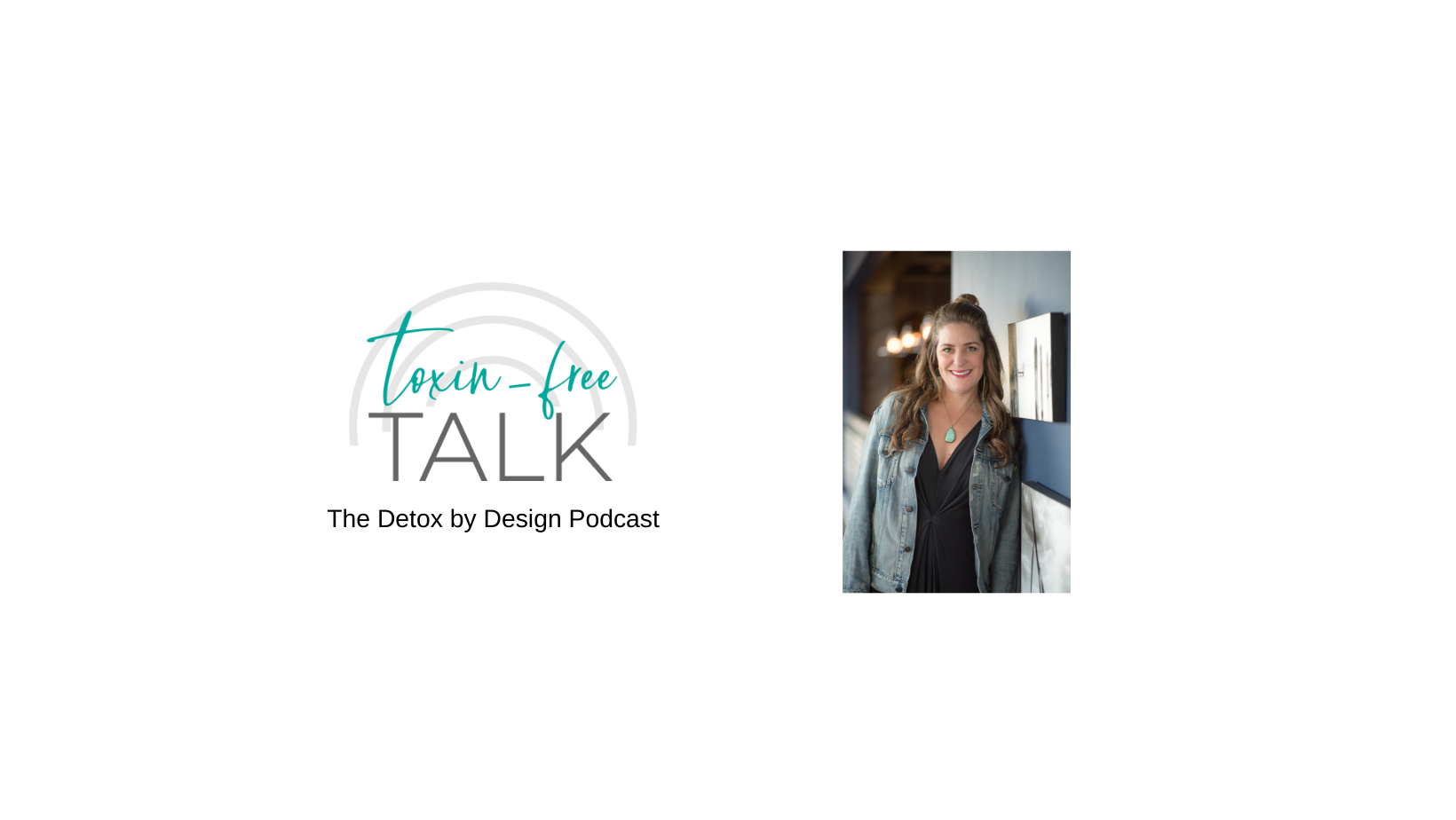My mom is super irritated by our dirty oven, right Mom?!? She even looks forward to times when she is at our house without me so she can use the “self-cleaning” function on our oven.
Have you used the self-cleaning cycle on your oven? Do you remember the smell? I do and that’s why I hesitate to use it.
What happens in “self-clean” mode?
When you use the self-cleaning function on your oven the inside heats up between 900 and 1000 degrees to burn off the food remnants. There are a few reasons why this is bad and not all of them are related to toxin free living.
Why you should skip self-cleaning your oven
It could potentially break your oven. Newer ovens have hidden heating elements beyond those you see on the bottom of your oven. These are harder to vent and keep air circulating, so at temperatures that sometimes reach over 1000 degrees, self-cleaning can cause fuses to pop and electrical panels to burn out. Sometimes the calrod element burns out. This is more likely the more times you use the self-cleaning option.
The enamel coating of ovens is made of a pyrolytic ground coat enamel and contains glass. This helps breakdown the food to ash. Unfortunately there are some potential health effects from the fumes released during the self-cleaning process.
Carbon monoxide - according to the North Iowa Municipal Electric Cooperative Association, your self-cleaning oven can produce a concerning amount of carbon monoxide during the cleaning cycle.
Self-cleaning can release toxic fumes that are dangerous for people who have asthma or respiratory issues.
Even though no one in my family has asthma or respiratory issues, I prefer to skip the self-cleaning function and use good old elbow grease. If it’s not safe for some, then it’s not good for my family either.
And those aerosol oven-cleaners are no good either. Easy-Off gets an F from the EWG. The warning labels are enough to scare me off!
So what CAN you use to clean your oven?
Two of my favorites, baking soda and vinegar. Here’s how:
Remove all racks from the oven.
Make a baking soda paste: Start with a 1/2 cup of baking soda with a few tablespoons of water and adjust the ratio until you have a spreadable paste.
Spread the paste all over your oven. Coat the whole oven adding more paste in the greasier areas.
Let it sit overnight for at least 12 hours.
Wipe out the paste: Take a wet cloth and wipe it clean. You might need a spatula to scrape off the paste.
Spray vinegar: Put some vinegar in a spray bottle and spray the portions that still have baking soda residue. This will create a foam.
Wipe it clean again: Repeat step 6 until the baking soda residue is gone and your oven is sparkling clean.
Clean your oven racks and replace them in the oven.






